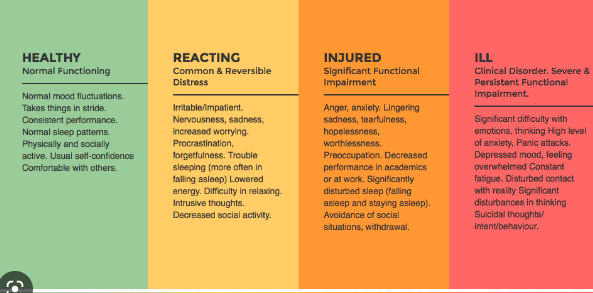Test Out for Decisions
1/249
There's no tags or description
Looks like no tags are added yet.
Name | Mastery | Learn | Test | Matching | Spaced |
|---|
No study sessions yet.
250 Terms
2:Verbal
3: Written
4: Visual
Around $8.59 per hour. 85% of the minimum wage an adult would make.
What is the minimum wage for 16-17 year olds in Michigan?
Yes with permit from local school district
Can homeschoolers work during the day?
Buzzwords
These are often action verbs, words or phrases you can use to describe a certain requirement for a job and show hiring managers what credentials you have.
Example: Equipped, Initiated, Completed.
Arranged the travel plans for the CEO and his assistant.
Money taken out of pay check to put towards savings accounts or other accounts the employee puts money towards periodically or may owe money to.
Interest
Money paid regularly at a certain rate for the use of loaned money.
2\. Calculate income: paychecks and other
3\. Create a list of planned monthly expenses: a) determine the amount invested or saved b) include fixed expenses c) other planned expenses
4\. Determine unplanned and variable expenses
5\. Total monthly income and expenses
6\. Make adjustments to expenses so that total income exceeds expsenses.
Forbearance
When you won't have to make a payment, or you can temporarily make a smaller payment however, you probably won't be making any progress toward forgiveness or paying back your loan. Loan forbearance, you can stop making payments or reduce your monthly payments for up to 12 months.
Deferement
This enables you to temporarily stop making loan repayments.
